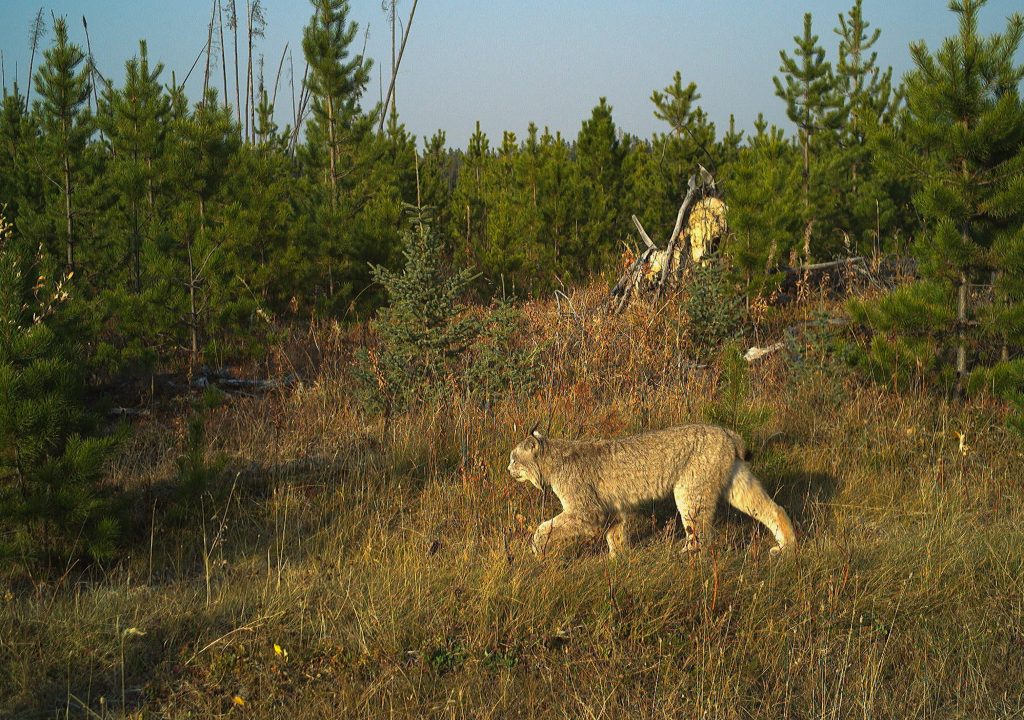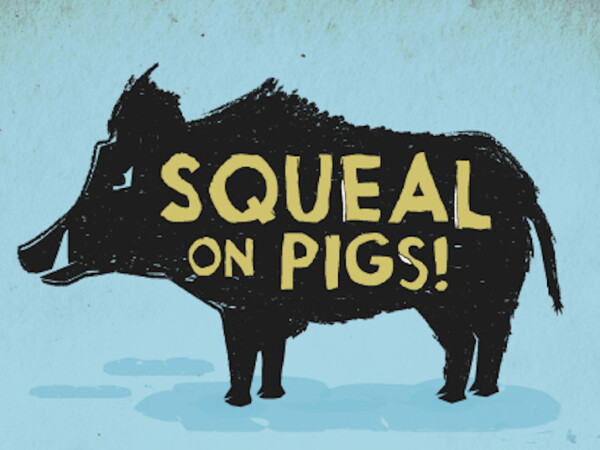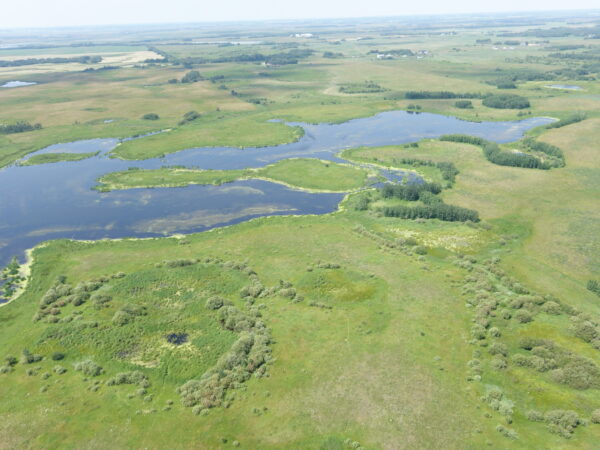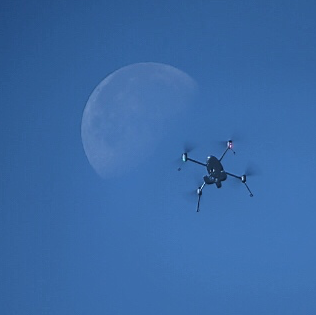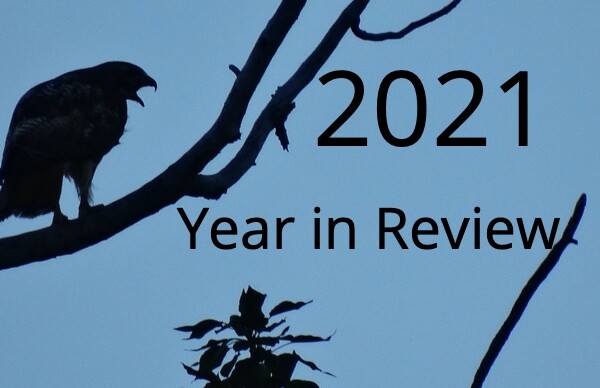Canada lynx (Lynx canadensis) are specially adapted to walk on top of snow with their big, splaying, fur-covered feet that function as snowshoes.
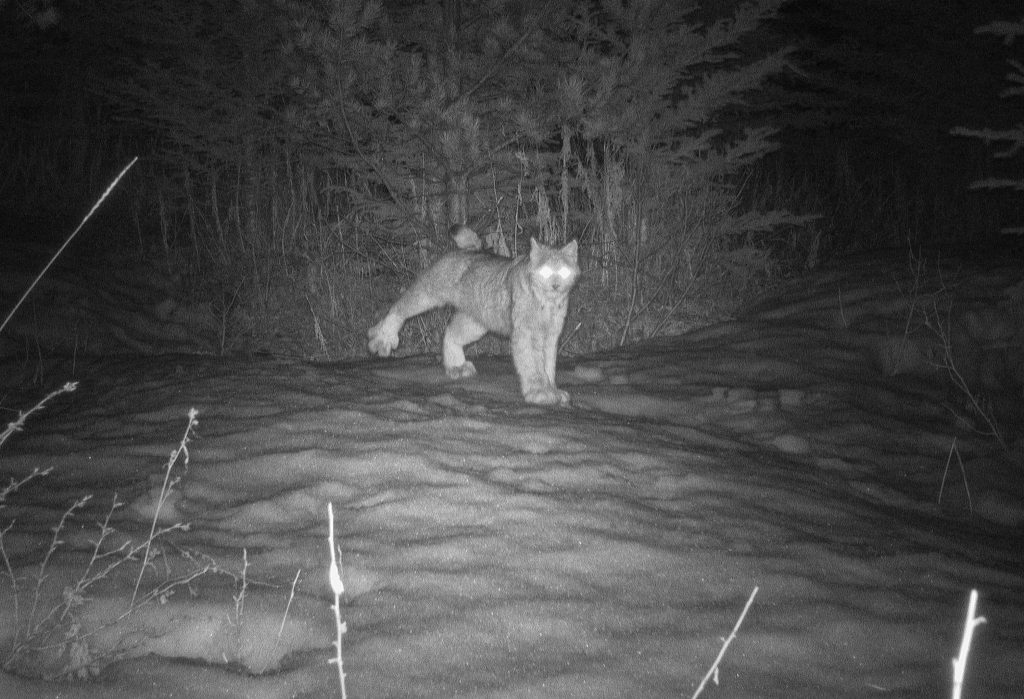
The question of whether these specialized feet give lynx an advantage over their preferred prey, the snowshoe hare (Lepus americanus), is debatable, since the snowshoe hare has a similar adaptation for floating on the snow. But, these snowshoes-for-feet do seem to give the lynx an advantage over other predators that might otherwise compete for the tasty snowshoe hare.
Bobcats (Lynx rufus), for example, share similarities with lynx in their build, temperament, and prey preferences, but lack the large, fluffy snowshoes needed for chasing hares or navigating snowy environments. Consequently, the ranges of lynxes and bobcats rarely overlap. Bobcats are generally limited to regions in the south where snowfall accumulation is lower, while lynx are right at home in areas with abundant snow.
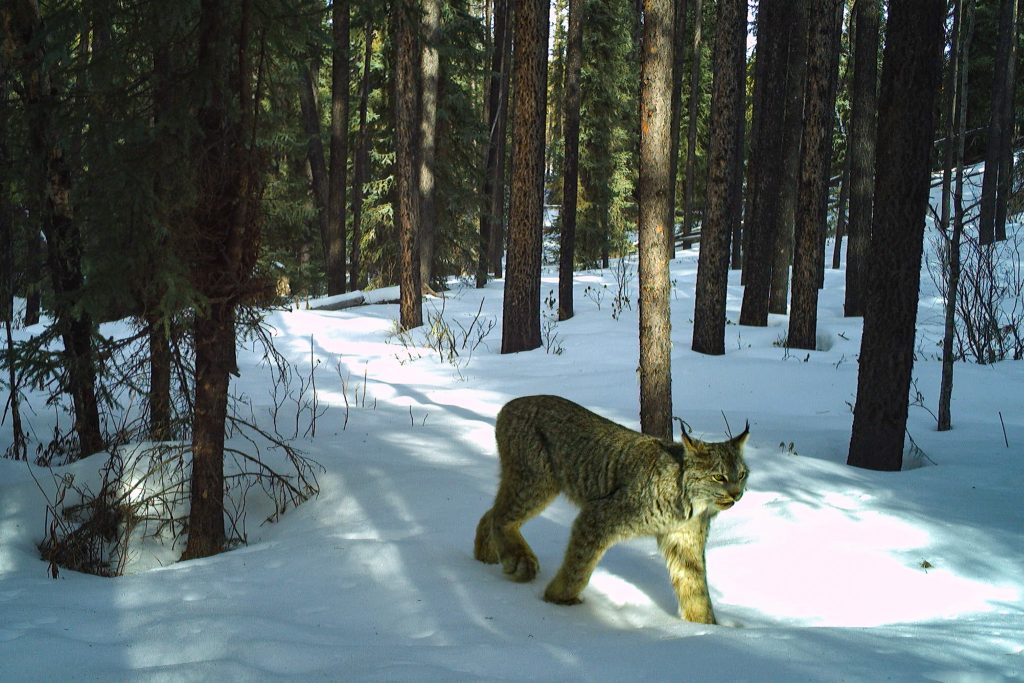
Coyotes also include snowshoe hares in their menu. While coyotes manage to capture snowshoe hare during deep snow periods, they are typically more successful capturing hare in areas where humans have packed down or cleared snow, as this makes travel much easier for coyotes (and humans). In deep snow, coyotes are no match for the speedy hare, which leaves more hare for lynx during the long and snowy winters.
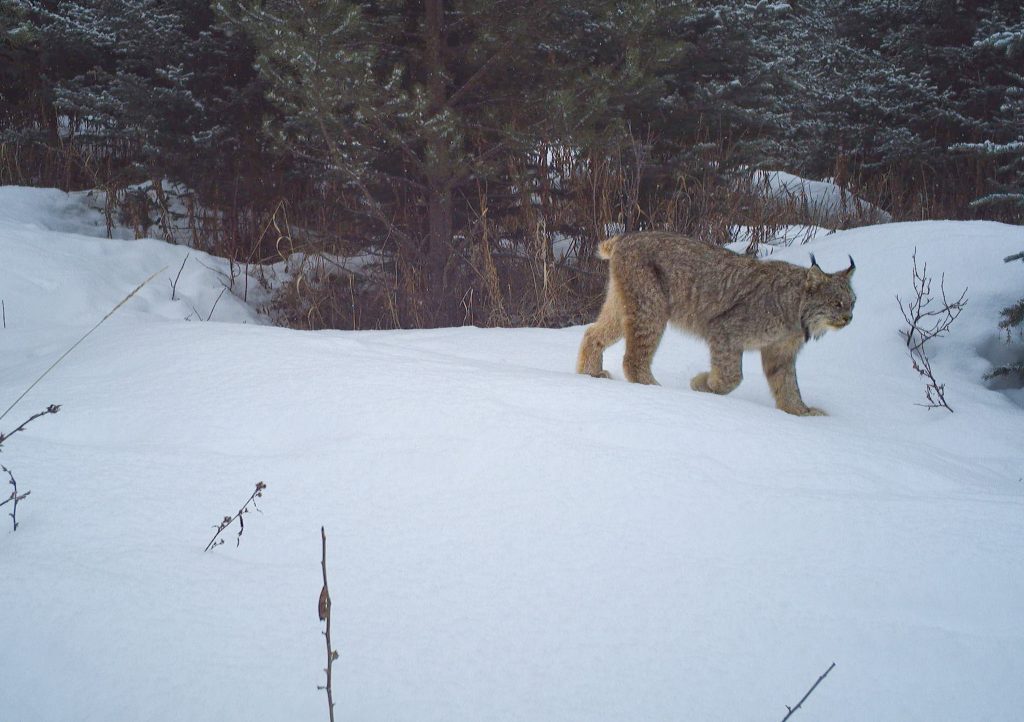
The relationship lynx have with deep snow prompts the question: Will climate change impact lynx populations? Unfortunately, the answer is yes. As winter climates become milder, lynx populations are expected to be more limited to northern and high-elevation areas where the winter snowpack remains more reliable. This is likely to result in the extirpation of lynx from the lower United States, where they are already endangered. In Canada, it will probably lead to even rarer sightings of this iconic creature with its distinctively big and hairy feet.
